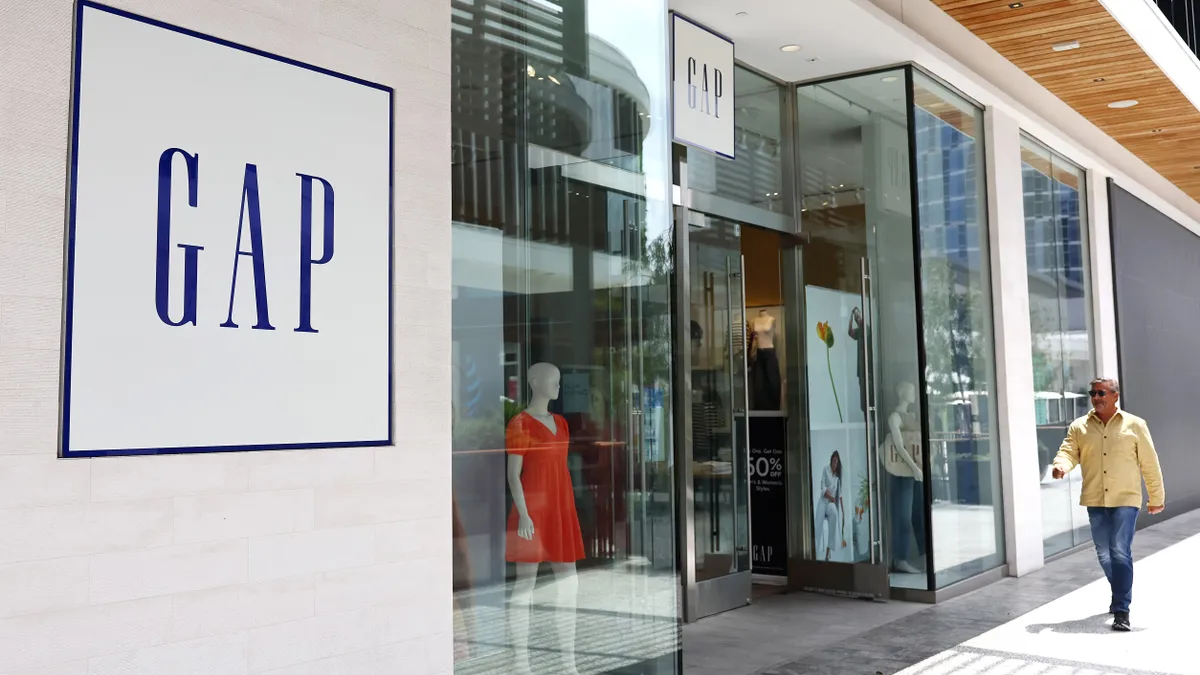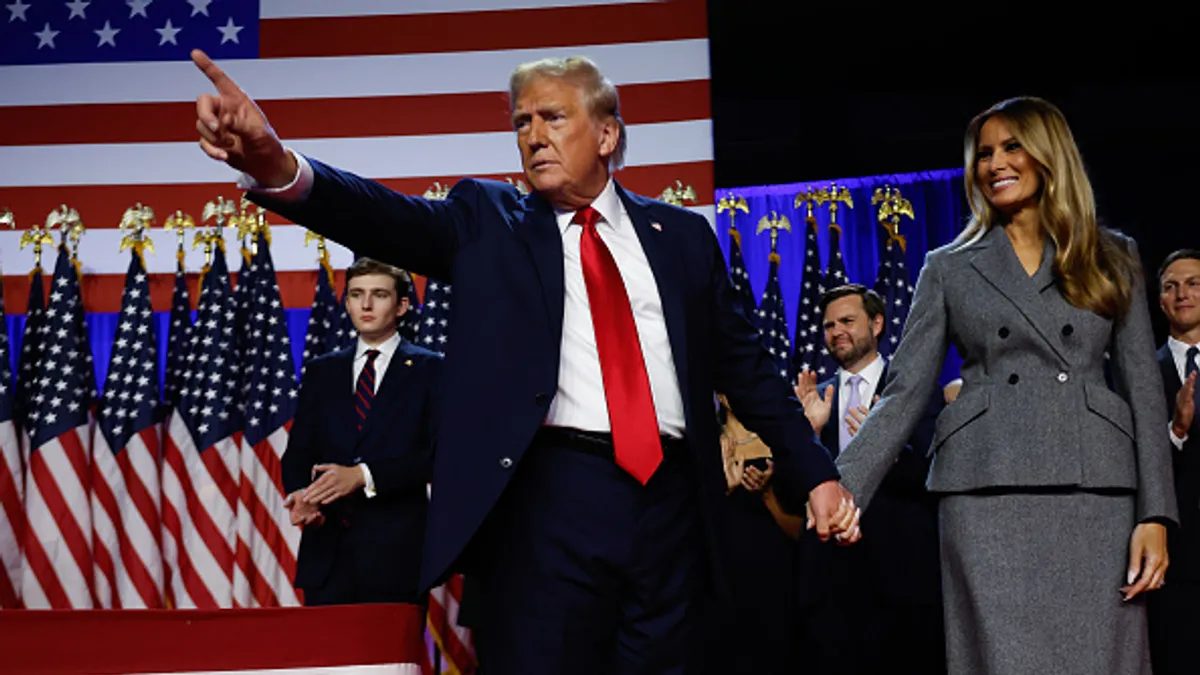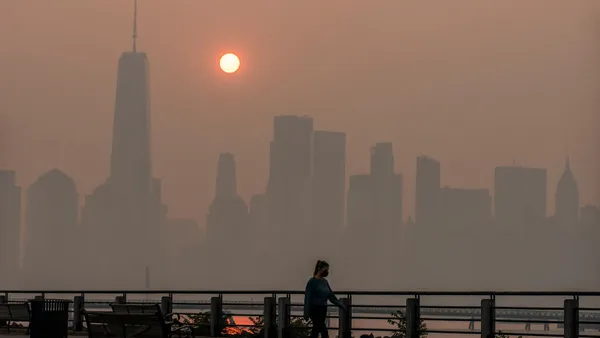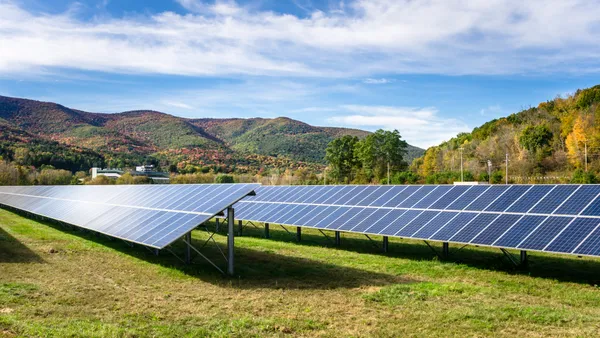Dive Brief:
- Apparel companies Gap Inc., H&M Group, Mango and Bestseller joined an initiative to decarbonize the fashion sector and slash emissions within its supply chain, the group announced Thursday.
- The Future Supplier Initiative offers brands financing models and technical support to help their suppliers transition to low carbon technologies and implement renewable energy solutions at the factory level. The program seeks to assist both brands and suppliers in meeting their climate targets and limiting global temperature rise to the 1.5°C climate threshold set by the Paris Agreement.
- The initiative — backed by The Fashion Pact, Apparel Impact Institute, consultancy firm Guidehouse and DBS Bank — will launch its pilot program in Bangladesh with support from the new quartet of signees. The companies will help provide expertise in building technical proposals, lowering lending risk to suppliers and implementing sustainability measures at “more attractive rates,” per last week’s release.
Dive Insight:
As most of the fashion industry’s emissions stem from its supply chain, the Future Supplier Initiative aims to expedite companies’ pathway to net-zero status by highlighting the “financial risks and responsibilities” associated with shifting to clean energy sources. The initiative aims to provide this guidance to targeted garment and textile businesses that are direct suppliers, responsible for assembling and manufacturing the final product — known as Tier 1 — and factories that are subcontractors, supplying fabrics and materials to those that put the final product together — known as Tier 2.
The fashion industry and its supply chain are the world’s third largest polluter, according to a 2021 World Economic Forum report. A separate study from the European Parliament found the sector emitted almost 10% of the world’s greenhouse gas emissions annually, more than those generated by international flights and maritime shipping combined.
“The cost of inaction on climate change is unaffordable,” Eva von Alvensleben, The Fashion Impact’s executive director, said in a release. “If the fashion sector is to meet its goals and transform its supply chain, we urgently need to address the gap between ambition and action.”
Von Alvensleben said no single company alone can bridge this gap, but several of them can come together to “build an ecosystem of solutions” by “sharing the costs, risks and responsibilities of the transition to renewable energy.”
The Future Supplier Initiative said it aims to cut the price tag that often comes with the adoption of renewable energy solutions for suppliers by collaborating with fashion companies to reduce the cost of capital and loans. In addition to financial assistance, the initiative will also help suppliers identify and implement sustainable tech and solutions that reduce the business’s reliance on carbon.
The initiative will monitor the emissions reductions brought by such measures to demonstrate the overall impact of the projects it supports and helps implement, both on the factory level and the supplier level.
While the first iteration of the program is backed by Gap, H&M, Mango and Bestseller and will launch in Bangladesh, the initiative is “actively recruiting” more brands and intends to expand its project to “other key manufacturing regions,” such as China, Vietnam, India, Italy and Turkey, according to the release.












